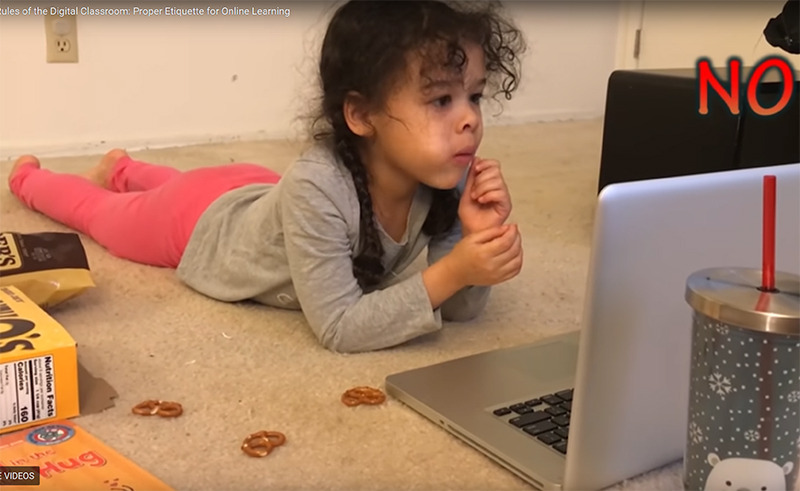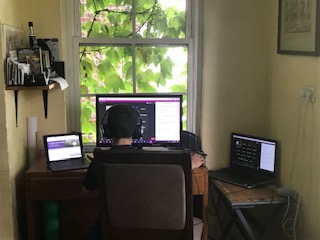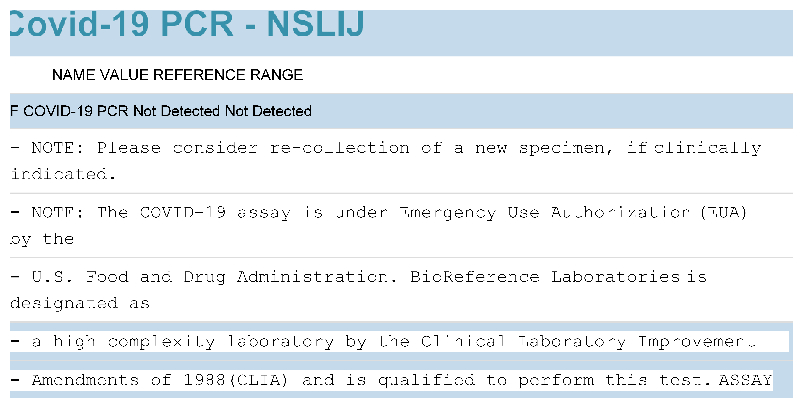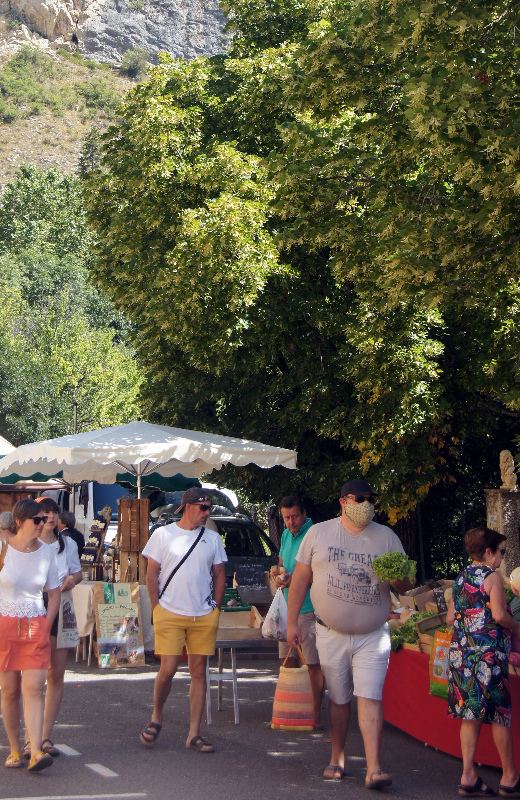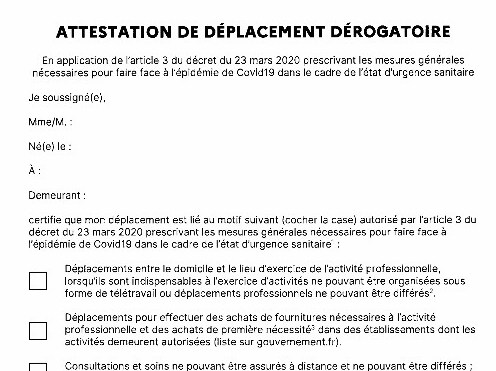I am not an epidemiologist.
Or am I, as an anthropologist concerned with production of human activity and its diffusion?
I start with the assumption that epidemiologists are, or should be, well educated into what anthropologists call “network theory,” particularly as re-imagined by Latour. Network theory is a way of looking as social action through the linkages that bring people together, and particularly on the movement of “information” through human beings, often very distant from each other. “Information” in this context includes about everything that can move through people from viruses to memes, gifts, money and other resources, health care, the knowledge that leads to school success, men and women, etc.
So, in the C19/Corona case, the New York Times taught me that one person, sometimes in 2019, got infected by C19, some place in Wuhan, China. By mid-June eight million people had been infected and 450,000 had died. The virus moved, and continues moving. Within a few weeks governors in Wuhan and Beijing “locked towns down.” Such policies, what I call “Corona,” also traveled around the world though they evolved even faster than the virus (and continue to evolve as various governors “re-open” the worlds on which they have authority).
In my earlier posts, I mostly focused on Corona, that is on the institutional responses that produce orders like “stay home.” Today, I wonder on the movement of the virus as it circulates along human networks and accelerates (air travel) and slows down (distancing) depending of the organization of the people into populations, and populations within populations (cities within states, neighborhood within cities) down to the smallest units: two or three people eating and sleeping together. Searching for renewed understandings of what was classically called “social organization” was the original task of the social sciences and, one hopes, their continuing task. Anthropologists have greatly contributed to this search. And they contributed something original because of their emphasis on conducting this search far from the beaten paths of the cities and states of their birth or adult lives. The anthropological contribution was fundamental precisely because of the limitations of ethnography: the unavoidable focus on small scale organization—where everyday life actually happens and intimate information travels. I mention infections rather than sickness among the infected as the latter is a biological matter (though possibly compounded by earlier life styles events or predispositions like diabetes or obesity).
Somewhat to my professional dismay, all the epidemiological work on C19 infections I have seen quoted proceeds in terms of black boxes aggregating millions of “data points” (e.g. matters like “size of household” or “income” or “race”). At best such research can tell us which black boxes to open. Some of that this kind of research, for example, highlighted that the virus propagates fastest in settings where small number of people are most intimately brought together so that they cannot escape each other’s breath. One of the setting and activity often mentioned is singing in choirs. The C19 aspect of singing in choirs is clear and a narrowly focused epidemiologist may not want to go further than advise governors to issue orders forbidding singing in choirs.
An anthropologist as epidemiologist would want to go further and first, investigate the organization of choirs, and then, second, attempt to generalize what their organization might tell us about other intimate situations. Choirs, anthropologists will tell anyone who will listen, are a particular form of social organization that is anything but universal in the details of the assembling of the choir (recruitment, resources, etc.), or the performance of the activities that constitute a group into a choir (style of singing, audiences, etc.). The correlation between singing in a choir and rate of infection does not tell us anything about who gets to sing, or how they get to sing on that day when one infected person sang. In other words, the issue about choirs is not that people sing, but that people are breathing hard with each other. This opens more general questions about what might also bring people together in close quarters.
Choirs are special settings and involve rather few people. But they are not the only setting where a multiplicity of people assemble together for long periods of time in small spaces where they will breathe hard on each. Funerals are often mentioned, bars, certain type of physical activities, etc. All those can be escaped. But there is one setting from which participants will not be able to escape each other: those that are generally summarized as “the family” at “home.” I said in passing in an earlier post that the order “Stay home (to stay safe)” appeared to imply a black box unit consisting of two adults of about the same age with 1.8 children. The order also appeared to operate in term of the equation: HOME = SAFE. I have not seen that equation challenged though many reports in the NY Times, when discussing why areas of the Bronx have much higher rates of infection than those in other parts of New York City, mentions “crowded households.” As far as infection is concerned many homes are at least as dangerous as choirs. At this point the anthropologist will weigh in to insist that there are many more types of households (homes, hearths, roofs) than there are of choirs. “Home” covers a multiplicity of human arrangements that cannot be imagined, but might be described by focused local research. This might stand as a kind of “definition” of the “family” (a very contentious matter).In my work here, “home” refers to a network of people whose daily activities are most likely to make a difference on each others activities. This set of people may live “under the same roof.” But they may also live under a linked set of roofs.
Take the case [based on people I got to know recently] of an elderly woman living with her mildly disabled adult daughter. The two are being take care by her son, daughter-in-law, and one or another of four grand-children on a daily basis. In late March 2020, the woman falls sick; the son is told by physicians to “treat her at home” until, a week later she has to be hospitalized and dies a few days later from complications of her infection with C19. These eight people are also intimately linked to several others whose care (including school work at home) is not quite amenable to “distancing.”
About every human being on earth is involved in such complex arrangements of other people they cannot escape. Understanding the details of these arrangements is essential when any attempt is made to interfere with what is traveling through these intimate networks whether it is viruses or, not so distantly related, that which helps with achieving school success. Anthropologists, particularly those of my generation’s teachers, made their career documenting the complexity of “home.” This documentation appeared in their debates as “kinship” and should not be ignored even if, somewhat to my surprise, many in my cohorts moved away from this kind of research, perhaps because they misunderstood one of my teachers’ critique (Schneider 1984). And yet, at about the same time, sociologists of class reproduction rediscovered birth privilege, that is the huge effect of “family” on school success and adult career (Coleman 1966; Bourdieu and Passeron [1970] 1977). This privilege, like the virus, moves through linkages among intimately related persons. Much of this has been brought back to life as part of the discussion of “white privilege.” There is a risk that such recent refocus will reproduce, through the aggregation of “big data” used as proof, the caricaturing of the “white” vs. the “black” family that led, in earlier years, to awful or wonderful research on the multiplicities of familial arrangements and, most importantly, the complexity of the narrowed or expanded networks of significant others whose activities impacted on one’s own by either helping or hindering them (see bibliographic footnote below).
The important thing, for an anthropologically inclined epidemiologist, should not be to classify or to model in terms of aggregations by purported types. It should be to fine tune one’s analyses and face the real complexity of any attempt to rely on “home” to mitigate the effects of traveling information. Given what we know about “homes,” then relying on home to mitigate certain things (viruses) risks increasing other (birth privilege). In many cases, “home” is dangerous, physically and in terms of one’s future economic success. And yet it is inescapable because it is, also, where one will get the care that is also something that travels best through intimate linkages.
One question for consideration: “does continuing home base learning for public school children augment the familial privilege that comes through the organization of the home?”
Bibliographic footnote
A while ago, I wrote a summary of the anthropological literature on the linkages between “family” and “education” (mostly school achievement) in Families, education and the state in America (1977). Among the early anthropological works on “the Black family” those that stand out are by Carol Stack (1975) and Holloman & Lewis (1978). It is important however to take great care when generalizing about the organization of categorically “similar” families. Even the family next door could be quite different. And half-a-century has passed since the original fieldwork. And yet, this work can be useful as guide to the study of familial networks, and broaden our sense of the matters that can travel across these networks.
References
Bourdieu, Pierre and and Jean-Claude Passeron1977 [1970] Reproduction in education, society and culture. Tr. by R. Nice.. Beverly Hills, CA: Sage.
Coleman, James 1966 Equality of educational opportunity. Washington: U.S. Government Printing Office.
Holloman, Regina, and Fannie Lewis 1978 “The ‘Clan’: Case study of a Black extended family in Chicago.” In The extended family in Black societies, ed. by D. Shimkin, E. Shimkin and D. Frate, 201-238. The Hague: Mouton.
Schneider, David 1984 A critique of the study of kinship. Ann Arbor: The University of Michigan Press.
Stack, Carol 1975 All our kin. New York: Harper and Row.
 Print This Post
Print This Post
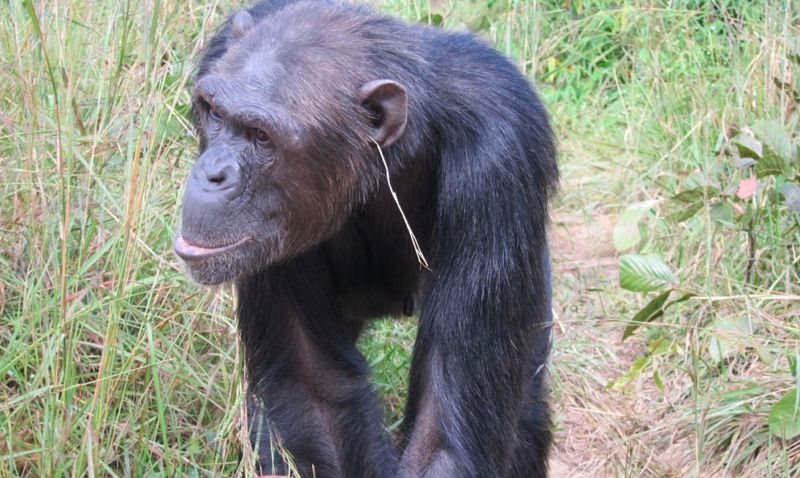 The humans noticed her sticking blades of grass in her ears and this being adopted by other chimpanzees in the same sanctuary, and then passed on in further generations even after she died (Natalie Angier “Meet the Other Social Influencers of the Animal Kingdom” May 7, 2021). The original paper by Andrew Whiten (“The burgeoning reach of animal culture.” Science April 2, 2021) worked off a definition of culture ” as all that is learned from others and is repeatedly transmitted in this way, forming traditions that may be inherited by successive generations.” This was presented as part of the argument against human centeredness. “Culture” must have universal evolutionary advantages for all life forms as it allows “traits” (such as “grass in ears”) to move “horizontally” (through discovery/learning/teaching) among adults and their descendants as well as “vertically” (through genetic drift and biological reproduction).
The humans noticed her sticking blades of grass in her ears and this being adopted by other chimpanzees in the same sanctuary, and then passed on in further generations even after she died (Natalie Angier “Meet the Other Social Influencers of the Animal Kingdom” May 7, 2021). The original paper by Andrew Whiten (“The burgeoning reach of animal culture.” Science April 2, 2021) worked off a definition of culture ” as all that is learned from others and is repeatedly transmitted in this way, forming traditions that may be inherited by successive generations.” This was presented as part of the argument against human centeredness. “Culture” must have universal evolutionary advantages for all life forms as it allows “traits” (such as “grass in ears”) to move “horizontally” (through discovery/learning/teaching) among adults and their descendants as well as “vertically” (through genetic drift and biological reproduction).
